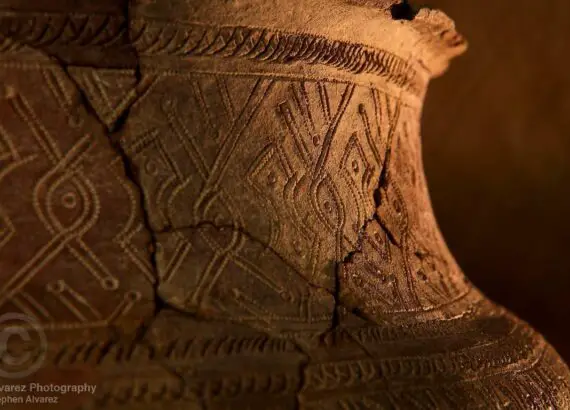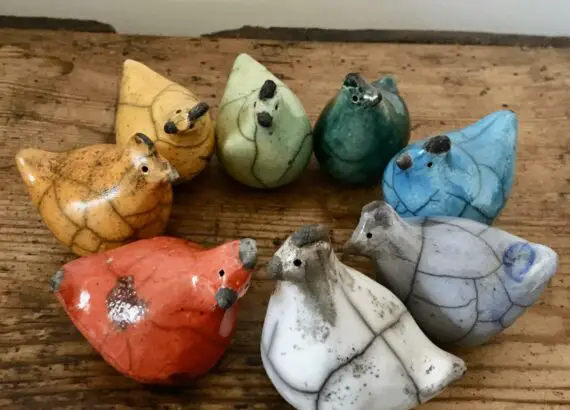Mishima Pottery – Everything You Need to Know

Pottery is one of the oldest art forms in the world that has been passed on from generation to generation. One of the popular pottery techniques in Japan is Mishima Pottery.
This style of pottery has unique qualities that make it stand out from other ceramic styles. If you’re unfamiliar with Mishima Pottery, then don’t worry; you’ve come to the right place.
Read also: What Is Sgraffito Pottery? Definition, History & Buying Guide
In this blog post, we’ll be discussing everything you need to know about Mishima Pottery.
Table of Contents
Mishima Pottery History
Mishima Pottery was first introduced in the Kamakura period, around the 12th-14th century. It was named after a temple in the Mino region called Mishima.

Mishima pottery was first developed in Korea during the Koryo dynasty (918-1392). It was introduced to Japan in the 16th century, and soon became popular among Japanese potters.
There are two main methods of creating Mishima pottery: the wax resist method and the direct inlay method.
This pottery style is created by carving a pattern into the clay surface, and then filling it with inlay materials such as crushed stone or clay.
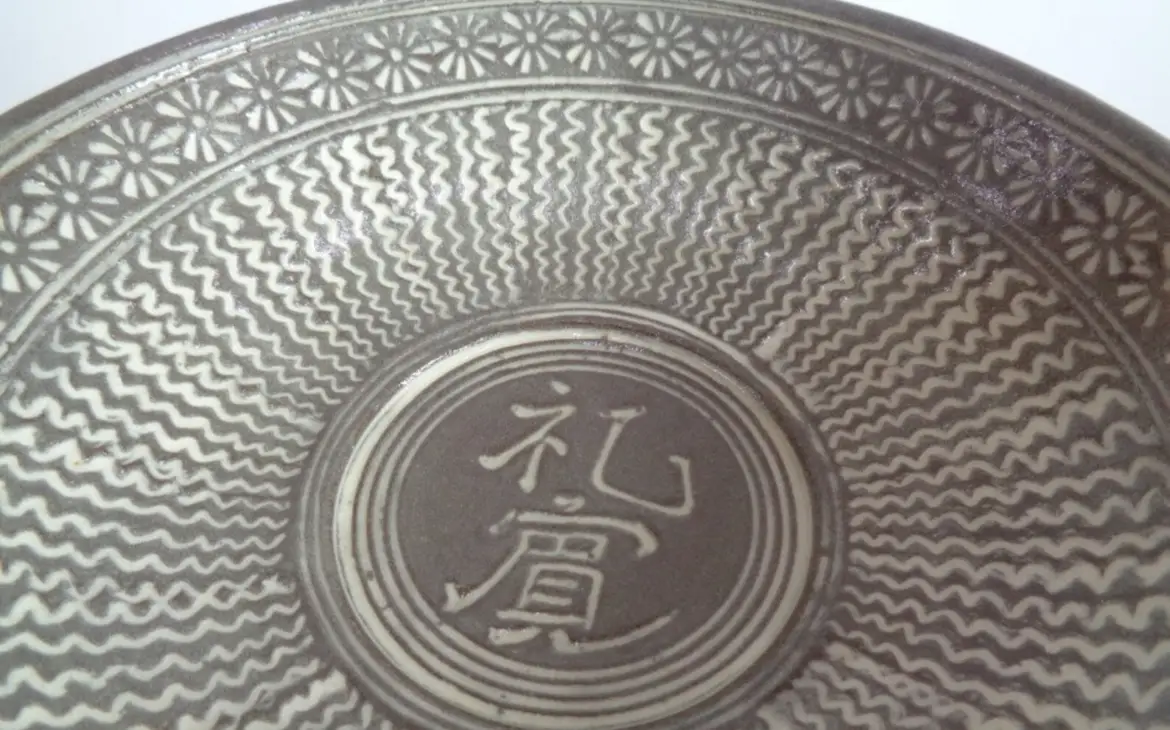
The carving style can vary from intricate pattern designs to simple lines. Mishma pottery is known for its sharp, clean edges and minimalist design.
Materials
The materials used in creating Mishima Pottery are high-quality clay, stone, and other inlay materials.
The clay used in Mishima Pottery is usually from the Mino region in Japan, which is known for its quality ceramic clay.
The inlay materials used in Mishima Pottery can range from natural materials such as crushed stone to synthetic materials such as pigments and dyes.
Techniques
The technique used in creating Mishima Pottery is quite unique. It starts by carving a pattern onto the surface of the clay, followed by filling it with the inlay materials.
The potter must then carefully scrape away the excess inlay material to reveal the design.
The final step is to glaze the pottery, which gives it a glossy and durable finish. The result is an intricate pattern that contrasts beautifully against the muted clay background.
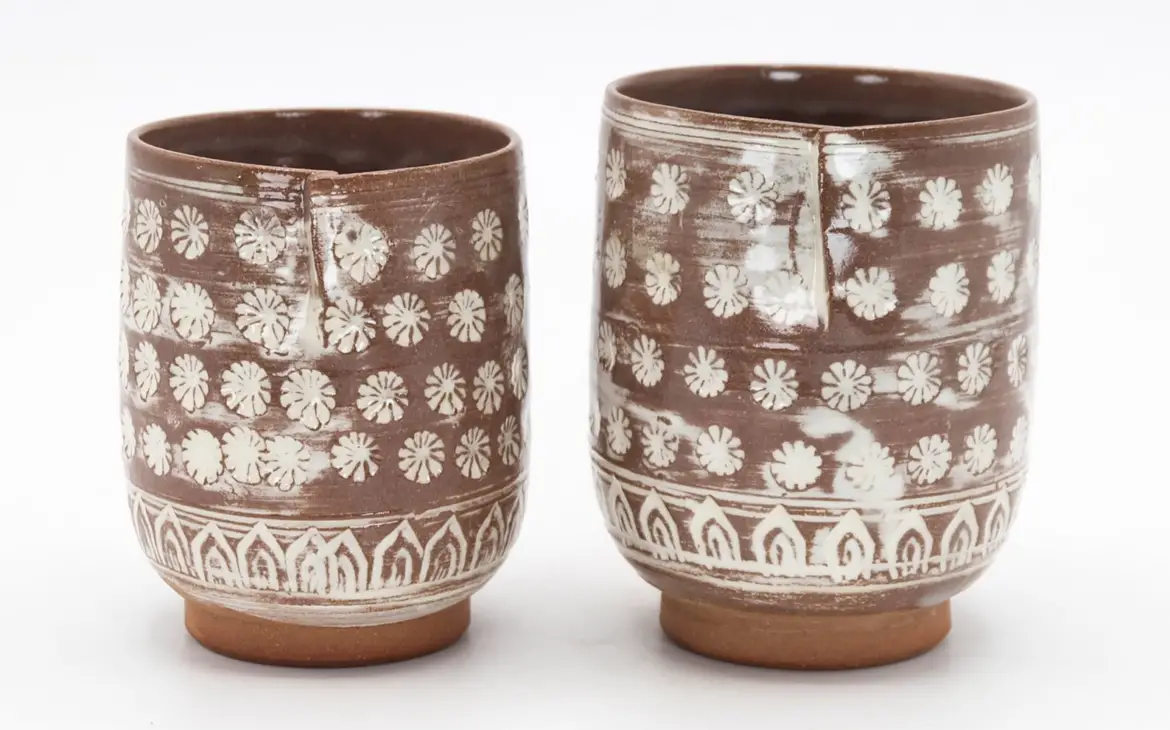
In the wax resist method, a thin layer of wax is applied to the surface of the pottery. The potter then carves a design into the wax, revealing the clay beneath. The grooves are then filled with slip or clay, and the wax is removed.
In the direct inlay method, the potter carves a design directly into the clay. The grooves are then filled with slip or clay, and the excess material is scraped away.
Mishima Pottery Uses
Mishima Pottery is used for a variety of purposes, such as tea ceremony ware, flower vases, ornaments, and tableware.
The simplicity and elegance of its design make it a popular choice for those who appreciate minimalist aesthetics.
Mishima Pottery can also be a great gift for friends and family who appreciate fine art and craftsmanship.
Contemporary Artists
Even though Mishima Pottery has a long history, it’s still relevant in modern times. There are several contemporary artists who continue to use Mishima Pottery’s traditional techniques.
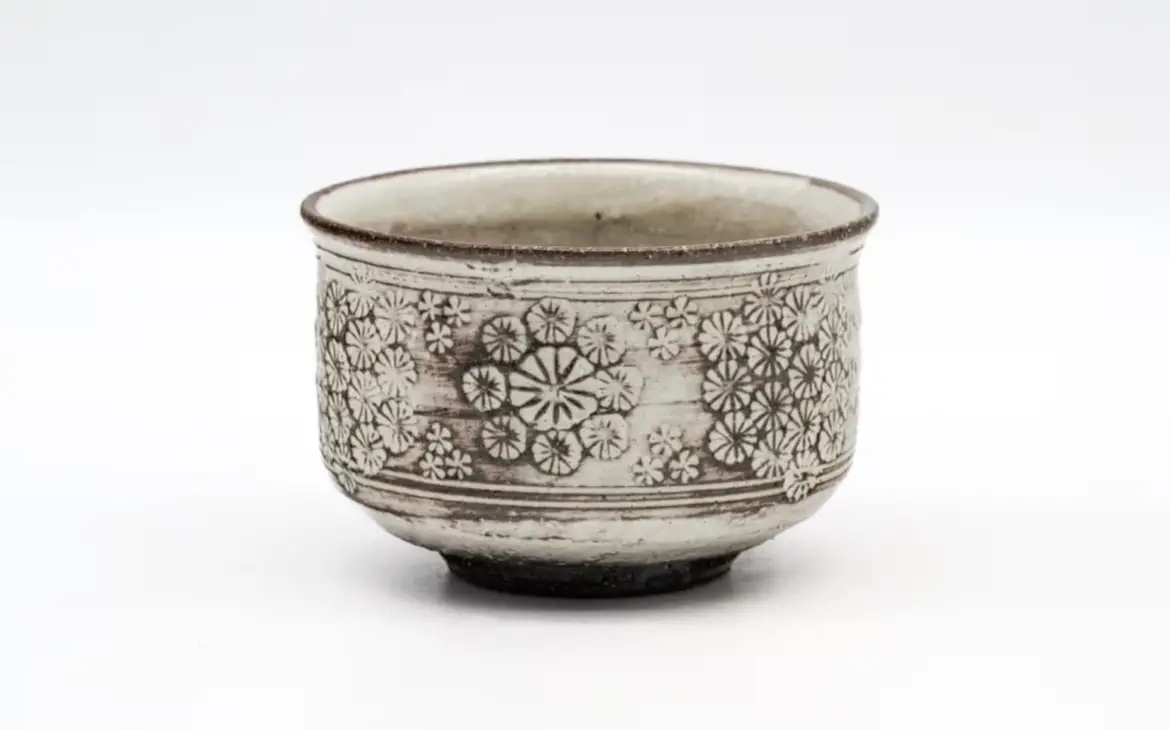
Artists like Ken Matsuzaki, Shiro Tsujimura, and Jun Isezaki are well-known for their Mishima Pottery creations.
These artists have won numerous awards and have showcased their work at international exhibitions.
Conclusion
If you’re looking for a pottery style that is both minimalist and intricate, then Mishima Pottery may just be what you need.
It has a rich history and continues to be relevant in modern times. The unique techniques and high-quality materials used in creating Mishima Pottery result in beautiful and durable pieces that can be cherished for a lifetime. You can buy examples of Mishima pottery on Etsy.
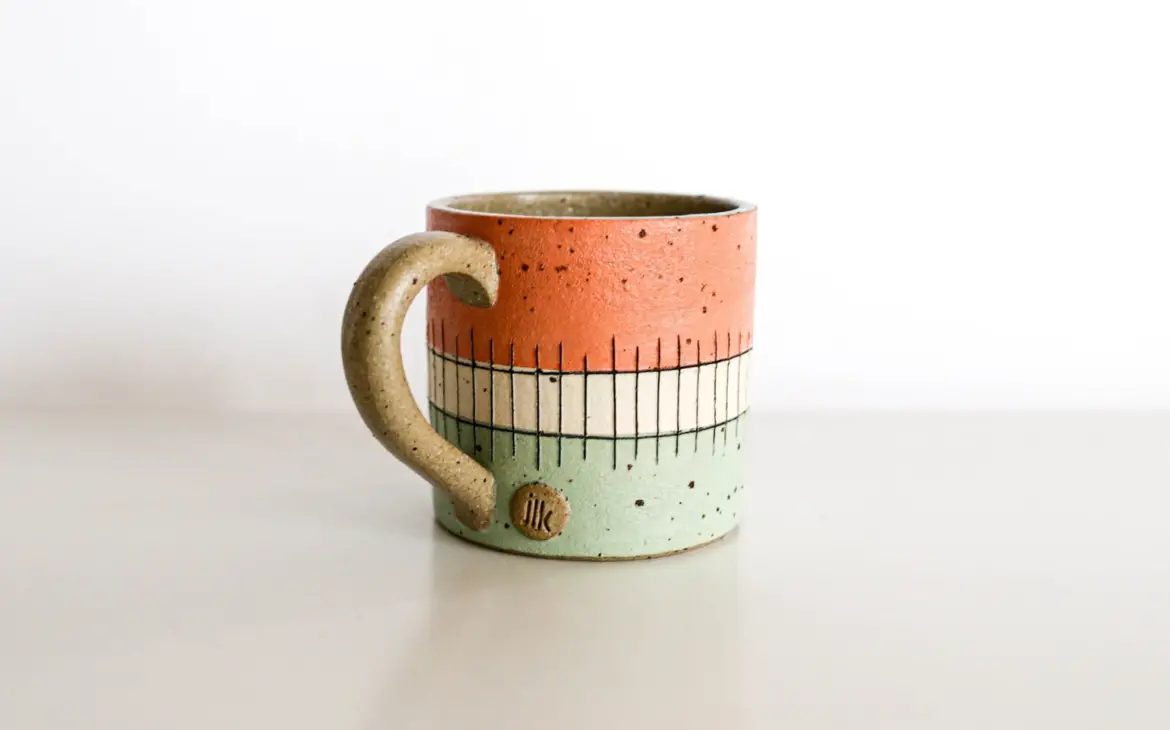
Whether you’re a pottery enthusiast or someone who appreciates fine art, Mishima Pottery is definitely a must-see.
So, why not try your hand at creating your own Mishima Pottery piece? Who knows, you might just discover your next favorite hobby.

